
Sonic Branding For The NAB
The jingle grows up and buys a Prius.
Text:/ Mandy Jones
Images:/ Anson Smart Studio
If you’ve watched an episode of Gruen Planet or Mad Men then you would know that there is much more to advertising and marketing than meets the eye, or the ear. Everything about how a brand is communicated is carefully researched, tested and controlled. In an age of such immense choice, values-led consumerism is the new paradigm – put simply: consumer buying decisions are influenced by brands that embody values which reflect their own. Increasingly, we are choosing brands that mirror our own view, our identity, personality and core values; and in order to be authentic, brand values must extend through every aspect of a company, from the visual identity such as logo, font and colour palette, to the aspirations, attitude and beliefs of its staff.
The expression of brand values through an aural identity may not be a new idea – jingles and sound effects associated with brands or products have been used since the 1920s – however the simplicity of repetitive jingles has been refined into a more holistic and sophisticated approach. Sonic branding is an extension of brand values and creates a consistent aural identity for a brand across a range of media that includes television, radio, web, on-hold and in-store environments. Marcel de Bie is Creative Director of Melbourne-based sonic branding company The Amber Theatre, and he recently showed me through his largest sonic branding project The Academy.
Located at its Melbourne Headquarters in Docklands, The Academy is NAB’s business development and innovation centre dedicated to the professional development of NAB employees. Designed by BVN Architects, the design and fit-out of the 3200sqm site is geared around transforming people from the conventional thinking of office spaces into a more creative space. NAB’s US-based sonic branding consultants Rumblefish engaged The Amber Theatre as its Australian eyes and especially ears for this project.
De Bie’s connection with the project was twofold. He was initially involved in the conceptual development and design of the interactive elements of the project with Rumblefish, and later as its project manager on the ground, utilising his network of local suppliers and contacts.
A GRAND ENTRY: THE ACADEMY STAIRS
Entry to The Academy is via a bespoke wooden staircase. In order to prepare employees for the experience of The Academy, the staircase serves as both a physical and mental transition: an idea reinforced through four layers of sound.
“There are earthy sounds at the bottom, wooden sounds in the middle, metal sounds at the top and human sounds interspersed throughout. It represents the transition of humans and how we have evolved,” de Bie explains.
With 32 discrete channels of audio, the compositions are played through 32 RBH MM-4 (four-inch plus one-inch) bookshelf speakers positioned in and around the staircase. Replay is triggered by a combination of infra-red sensors and cameras. The audio is sourced from an Apple Mac Pro via a MADI digital to analogue interface which feeds the preamps and Extron amplifiers. The system responds interactively with the human traffic on the staircase, shifting the volume faders via a MAX/MSP program. De Bie worked closely with the architects in designing a system that would integrate cleanly and effectively into the elegant wooden structure. “I was impressed by the RBH speakers because they are a nice mid-range speaker that suited the design aesthetically and sonically,” he explains.
(main image above) NAB Atrium: Five wooden ‘blade’ structures carry image-mapped projections from above and serve as the sound sources for the River of Words interactive soundscape.

“”
Sonic branding is about the culture of a company and when you hear what these people have to say, you can see that it’s more than just a bank
THE ATRIUM: OUTSIDE THE BOX
The heart of The Academy is The Atrium, a large central circulation area that links meeting and training rooms, lunch and breakout areas. Here, over-sized furniture, laboratory-style drinking taps and curved benches create a sense of Alice in Wonderland meets ultra-cool secondary school. De Bie explains that NAB wanted The Atrium to be activated by an ambient soundscape that reinforces the company’s brand values, while creating a dynamic, mood-altering environment for its staff.
“If someone is coming in here for a workshop, the sounds get them into a headspace that encourages them to think outside of the box, or think differently to come up with the next big idea. They feel comfortable in the space, but there are things happening sonically and sounds that whizz by them that make them think ‘what was that?’, so it gets their brain thinking differently,” explains de Bie.
Positioned around the main circulation space of The Atrium are five wooden ‘blades’ that are the basis of the main audio composition in this space, The River of Words. De Bie explains each of the blade structures have motion sensors and Vifa VF090B (four-inch, full-range drivers with a glass-fibre cone) installed within them.
“The River of Words composition was created to support The Academy’s brand platform: Transformational Journeys. It was created by using the heart and soul of The Academy – the interaction between the voices of its people and the naturally occurring resonances of the building’s physical/architectural attributes,” reveals de Bie.
Created entirely out of human voices, the babbling brook-style composition includes ‘glitched up’ snippets of interviews with 50 NAB staff who were asked what they aspire to, and how they would make the world a better place.
“The authenticity of using real NAB employees was one of the ideas that The Amber Theatre and Rumblefish decided early on, because the employees are the heart and soul of the brand. Sonic branding is about the culture of a company and when you hear what these people have to say, you can see that it’s more than just a bank, it’s a collection of people who really care what’s going on,” shares de Bie.
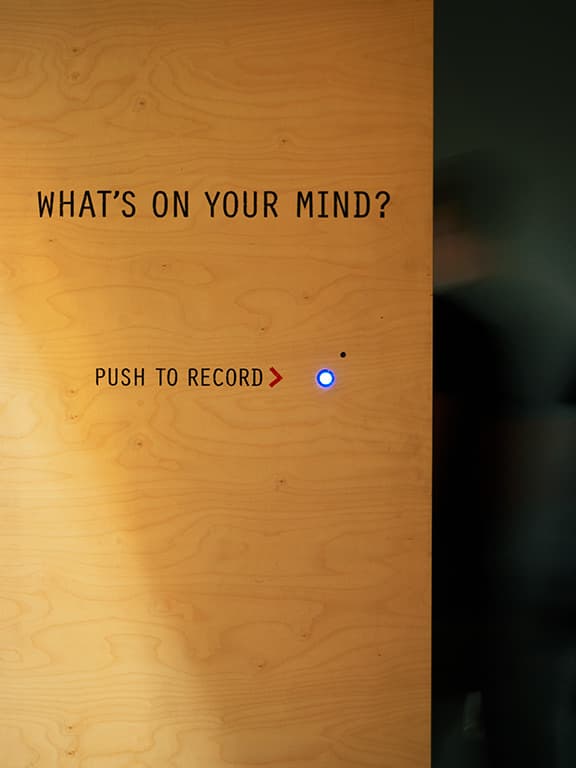
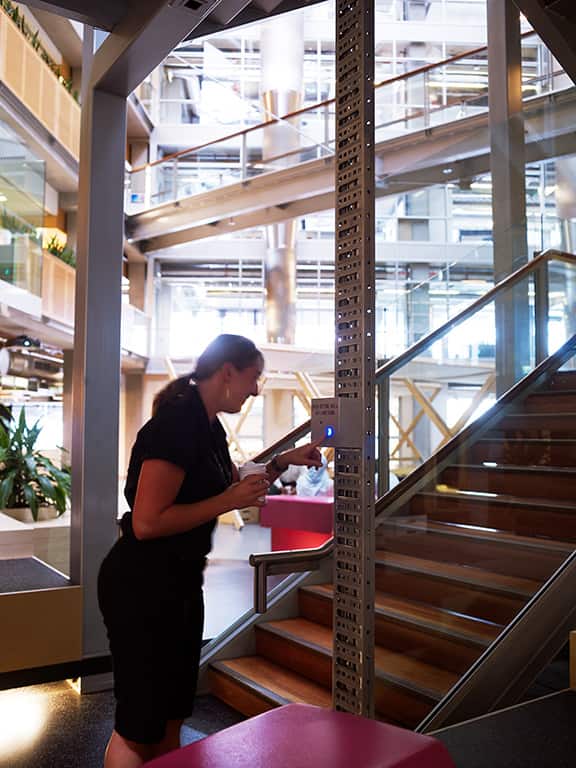

STRIKING NAB’S CHORD
While composing the soundscapes in Logic Pro, de Bie spent a lot of time on site in The Atrium and it was during this process that he became aware of the root note of the room. “I could hear this note constantly throughout the space, there was a frequency – a resonance. I’m quite intuitive in my approach, so I sat down at a keyboard and found it was F#. We could have got the same result through a technical analysis of the environment but we did it the intuitive way, because to me it’s more about emotion and listening,” he says.
Due to the design of the space and practicalities around not disturbing workers in the offices overlooking the Atrium, they decided to embrace the root note and compose around it in order to create a general ambience and energy in the space, while blending into the character of the building. The result is The Academy Chord, a choral composition made up of voices from the staff interviews tuned to F# that gently resonates throughout The Atrium.
The final aspect of The River of Words composition is simply called Sonic Surprises and consists of bird sounds created from manipulated fragments of speech. De Bie describes them as “audio whoopee cushions” and explains when they are triggered by motion sensors they make people say “What was that!” and wonder whether it was part of the sounds or whether someone was talking to them.
Control for The Atrium’s 32 channels of surround audio is custom designed and built to run through MAX/MSP off Apple Mac Pros, and is virtually identical to the setup for The Academy Staircase. Programming of the MAX/MSP for both spaces was done by Garth Paine, and engineering and mixing of The Atrium compositions was by Nigel Derricks together with Marcel de Bie.
VIDEO INSTALLATION WITH INTEREST
Complementing the sonic installation in The Atrium is a 3D video installation by leading video design company Eness. Utilising 18 Panasonic PT-D5700 DLP projectors positioned throughout The Atrium, the sound blades and the large motorised doors of the training rooms become projection surfaces for a video installation called Parallel Wilderness. Silhouettes of bushland settings and native Australian animal inhabitants create a ‘virtual ecosystem’ adding to the interactive nature of the space.
Programmed to represent different times of day and weather conditions, the mood of the space is subtly altered by the shifting conditions. Motion-sensing cameras trigger interactive elements such as the animal silhouettes which cleverly gather around any stationary human inhabitants in The Atrium. All content for Parallel Wilderness was created using Eness’ proprietary Pixile software, a dimensional pixel mapping engine.
Other sonic elements within The Atrium include a playful interactive, where staff can press a button and talk into a microphone run through a Symbolic Sound Pacarana sound engine which garbles the sound and plays it back. There is also a feedback microphone where staff can record comments or suggestions about the company that can be reviewed by management or even added to the soundtrack.
“We can harvest those comments, run them through the software and recompose them back into the soundtrack so it is essentially a living composition,” de Bie explains.
IN THE MOOD
The final element of the sound design for The Academy is a system of soundtracks in each of the meeting and training rooms controlled by wireless AMX panels. Rumblefish and The Amber Theatre worked together on deciding the moods and design concepts for the interface ‘Dial-a-Mood’ program, and compiled playlists for each of the moods enabling facilitators to dial-up different room music to suit their session.
“We programmed a player with tracks for Energy, Focus, Calm and Catalyst so depending on whether the facilitator needs to vibe people up or bring them down, they can easily alter the mood with music,” says de Bie.
The Academy is a great illustration of the power of sound and the influence it has over us knowingly and unconsciously. Next time you are on-hold, or in an office or store, listen to the sounds you are hearing, more importantly have a listen to the sounds your customers are hearing when they interact with your business – you may be in need of a sonic brander.
FURTHER INFORMATION
www.theambertheatre.com
www.rumblefish.com
www.brandtimbre.com/news.html (former Rumblefish VP’s new company)
www.nab.com.au/wps/wcm/connect/nab/Careers/home/1/2/2/
www.eness.com

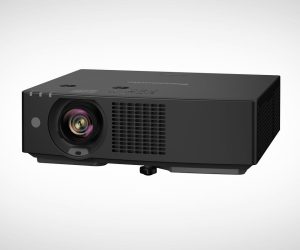


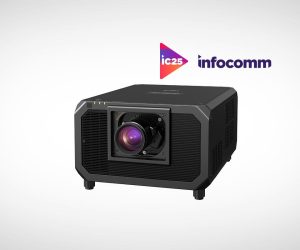
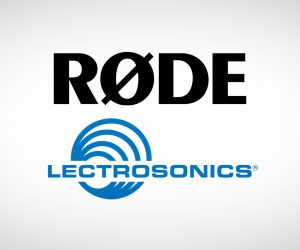
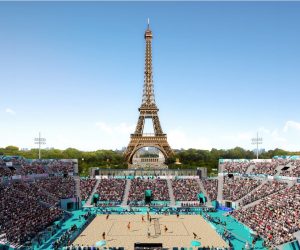




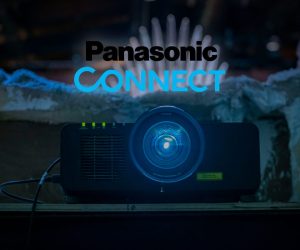



RESPONSES